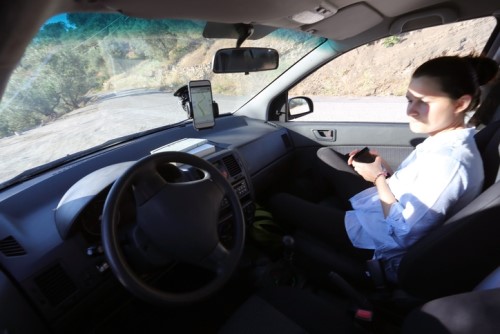

Driverless vehicles may still seem like a distant concept to most people, but forms of driverless vehicles at various stages of automation have been tested and are already in use. Naturally, when it comes to insurance, this throws up a tricky question around liability if things go wrong.
One driverless vehicle currently in use is a 15-person driverless shuttle operating at Christchurch airport, and, according to one expert, more are almost certainly on the way.
Steve Cratchley, pricing manager for asset and advanced technology at Suncorp Group predicts that we’re still a few more years away from Level 4 driverless vehicles being sold to the public – that is, vehicles requiring no driver attention whatsoever. He noted that such vehicles are currently being tested throughout Australia, and companies are looking seriously at bringing them out for use by the public.
In terms of what that would mean for insurance and liability, he says this is a question that is still being tackled among insurers and lawyers – however, within this equation, the individual customer can likely expect the least hassle.
“The ‘at fault’ issue is an interesting one. Part of my role has been getting lawyers in the room and debating what happens if you have a sensor or some code fail, and who would be at fault.”
“The end result was that when it comes to the customer, the payment will be made, the vehicle will be repaired and rehabilitation will be provided,” he explained.
“But it will then be up to the insurance industry to go back to the manufacturer, developer or technician and work out who is at fault. We see that as being the most likely endgame.”
Cratchley says insurers will likely need to go through their reinsurers, repair networks and other partnerships to deal with any fallout, but to the customer that’s injured or has had their vehicle damaged, they will just go through a normal claims process.
He says policy wordings will also need to be looked at, and, specifically, how the word “driver” is defined.
“A driver could now be software, a person sitting in a control tower, or it could be the system itself,” Cratchley said. “You’ll also need to understand who was in control and when, and that’ll be a challenge in retrieving data.”
“Ultimately, insurers are still the best placed to meet the needs of customers, whoever they may be,” he concluded. “They will continue to do that as and when they need to.”
